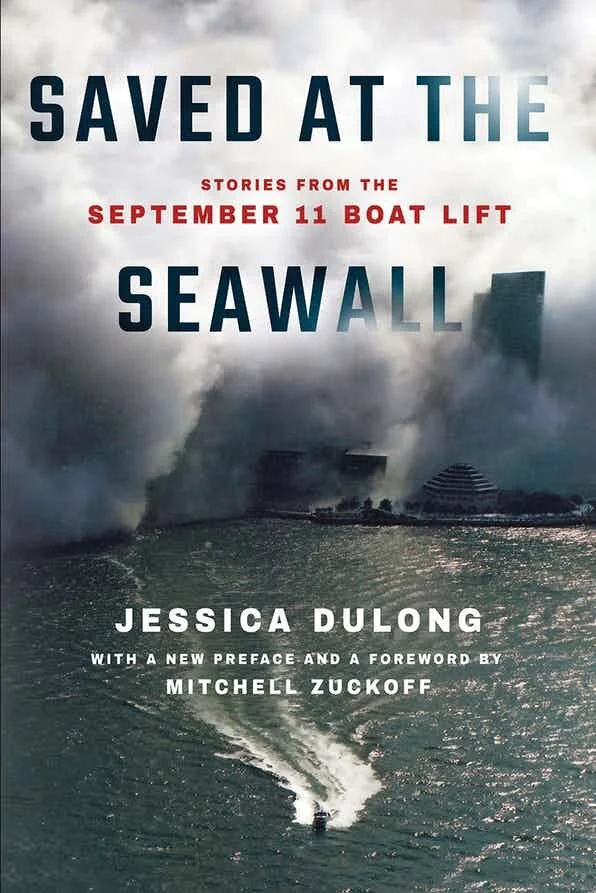Podcast Interview: Saved at the Seawall
Jessica DuLong interviewed by Robert W. Snyder
In Saved at the Seawall: Stories from the September 11 Boat Lift (Cornell University Press, 2021), Jessica DuLong reveals the dramatic story of how the New York Harbor maritime community heroically delivered stranded commuters, residents, and visitors out of harm's way.
Read MoreDid All Jews Become White Folks?:
A Fortress in Brooklyn and Hasidic Williamsburg
Reviewed by Gabe S. Tennen
In A Fortress in Brooklyn: Race, Real Estate, and the Makings of Hasidic Williamsburg, Nathaniel Deutsch and Michael Casper add an important wrinkle into prevalent understandings of American Jewish history. Deutsch and Casper focus their text on the Hasidic Satmar sect and its creation of a “holy city of Jerusalem” in one corner of north Brooklyn, tracing that community from its nascent beginnings in the 1940s into the 21st century. By offering a detailed and crisply written account of this often discussed but largely underexamined group, the authors provide a caveat to nearly fifty years of scholarship.
Read More

